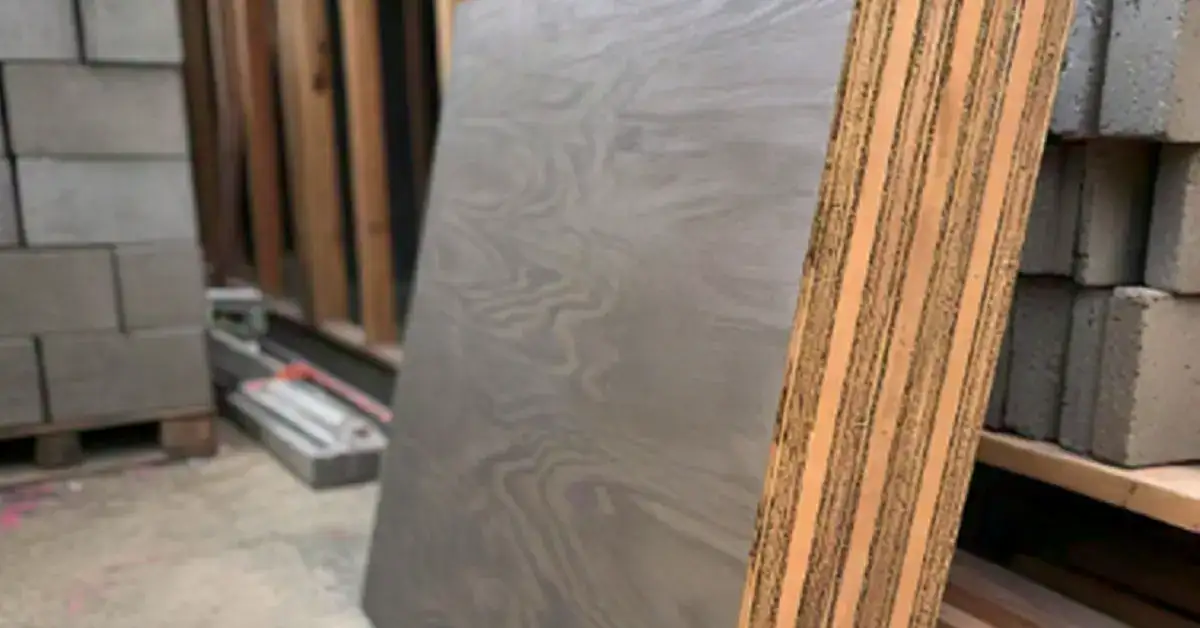The Benefits of Using Fire Retardant Plywood in Construction
Fire retardant plywood, often referred to as fireproof plywood, is an essential material in modern construction. This specialized plywood is treated with fire-retardant chemicals that enhance its resistance to flames and slow the spread of fire. As safety regulations become increasingly stringent, understanding the benefits of using fire retardant plywood is crucial for builders, architects, and homeowners alike.
What is Fire Retardant Plywood?
Fire retardant plywood is engineered wood that has undergone a chemical treatment process to improve its fire resistance. This treatment alters the plywood’s physical and chemical properties, making it less likely to ignite and reducing the speed at which flames can spread across its surface. Fire retardant plywood is available in various grades and thicknesses, making it suitable for a wide range of applications, from residential buildings to commercial spaces.
Benefits of Fire Retardant Plywood
The benefits of using fire retardant plywood in construction are numerous and significant. Here are some key advantages:
1. Enhanced Fire Safety
One of the primary benefits of fire retardant plywood is its ability to enhance fire safety. By slowing down the spread of flames, this plywood provides occupants with valuable time to evacuate in case of a fire. This feature is critical in commercial buildings, schools, and hospitals, where large numbers of people may be present.
2. Compliance with Building Codes
Many jurisdictions have strict building codes that require the use of fire-resistant materials in certain applications. Using fireproof plywood helps builders and architects comply with these regulations, ensuring that their structures are safe and up to code. This compliance not only protects occupants but also reduces liability for builders and developers.
3. Reduced Property Damage
In the unfortunate event of a fire, fire retardant plywood can significantly reduce property damage. Its ability to resist ignition and slow the spread of flames can protect not only the structure itself but also its contents. This can lead to lower repair costs and less disruption in the aftermath of a fire, making it a cost-effective choice for builders and homeowners.
4. Low Smoke and Toxic Emissions
Fire retardant plywood is designed to produce minimal smoke and toxic emissions when exposed to fire. This characteristic is vital, as smoke inhalation is a leading cause of death in fire incidents. By reducing smoke output, fireproof plywood contributes to a safer environment for occupants and first responders alike.
5. Versatility in Applications
Fire retardant plywood is versatile and can be used in various applications, including wall panels, ceilings, and furniture. Its aesthetic appeal combined with its safety features makes it an excellent choice for both residential and commercial projects. This adaptability allows designers and builders to incorporate fireproof plywood seamlessly into their designs without compromising on style.
6. Enhanced Durability
The chemical treatment that fire retardant plywood undergoes not only improves its fire resistance but also enhances its overall durability. This plywood is often more robust than untreated wood, providing better performance in terms of resistance to wear and tear, moisture, and pests. This durability makes it a long-lasting choice for construction projects.
Conclusion
Fire retardant plywood is a crucial material for ensuring safety in modern construction. Its enhanced fire safety features, compliance with building codes, reduced property damage, low smoke emissions, versatility, and durability make it an indispensable choice for builders and homeowners alike. As fire safety becomes increasingly important in design and construction, the use of fireproof plywood will continue to grow, providing peace of mind and protection against fire hazards. By choosing fire retardant plywood, you not only invest in the safety of your structure but also contribute to a safer environment for all occupants.



